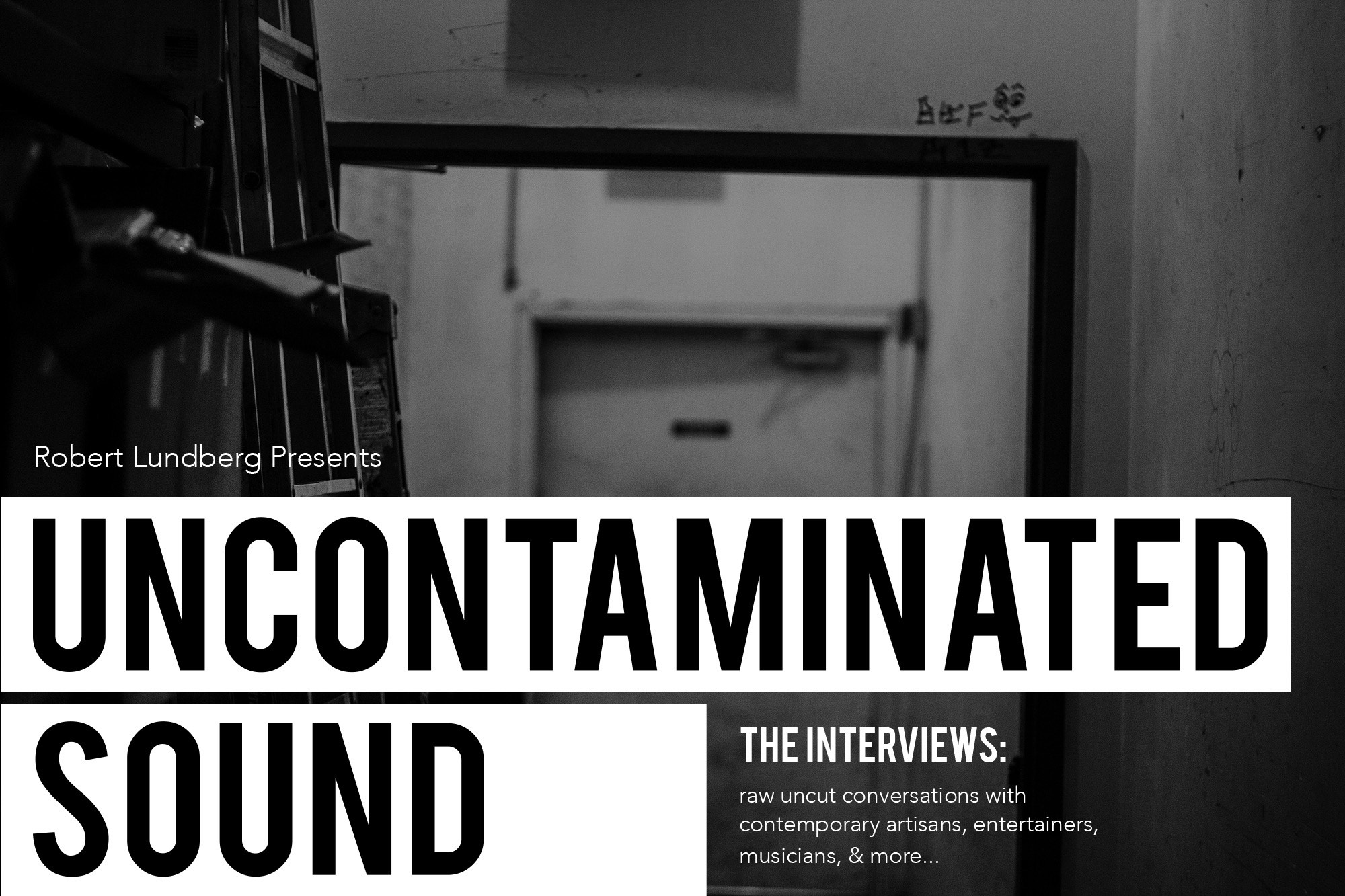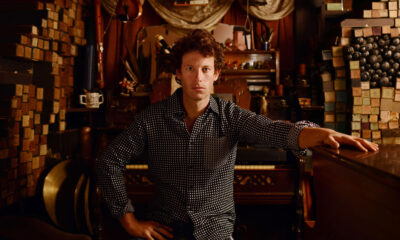Geared Up
Geared Up: ORISSA Mastermind David Dodini Runs Through His Killer Gear Rig
Issued via New York’s ORISSA on November 3, 2017, Resurrection is a nine-track album that fans of all things prog or cinematic metal are going to love.

Issued via New York’s ORISSA on November 3, 2017, Resurrection is a nine-track album that fans of all things prog or cinematic metal are going to love. With most of the release’s arranging, performances, and music created by David Dodini, we were naturally inclined to hit him up for more information; specifically, his gear and how it’s used.
For those new to this musician or act, Dodini graduated with honors from the San Francisco Conservatory of Music and received his masters from Italy’s Scuola Niccolo Paganini at Biella Conservatory. The live incarnation features in its ranks, musicians from Trans Siberian Orchestra, Neal Morse Band, Stratospheerius, Book Of Mormon, Dyed In Grey, Haakons Fault, Emergence and Astronaut Down.
What one piece of gear do you use to obtain your signature sound?
David Dodini: There isn’t one piece of gear that is responsible. My sound is a result of the entire signal chain, as well as how I play. In terms of gear it is the sum of the pickups, the guitar, the amp, the effects loop, the cabinet and the mics we use to record the signal.
What about it makes it so important to you?
Dodini: In terms of what is most essential I would say the Axe-FX and the amp. They are critical for my tone which is what I use to get the right feel. Tone is everything!
How was this gear used during the recording of your latest album?
Dodini: On Resurrection I used as my primary guitars a PRS Custom 24 (w/ Dimarzio super distortion) and a P22 (with stock pickups) and an Ibanez 7 String (with Lundgren M7 pickups). The primary pieces of my signal chain are my Mesa Boogie Dual Roadster head and my AxeFX-II that I sometimes use in front of the head and sometimes use in the effects return and use the Mesa head solely as a power amp.
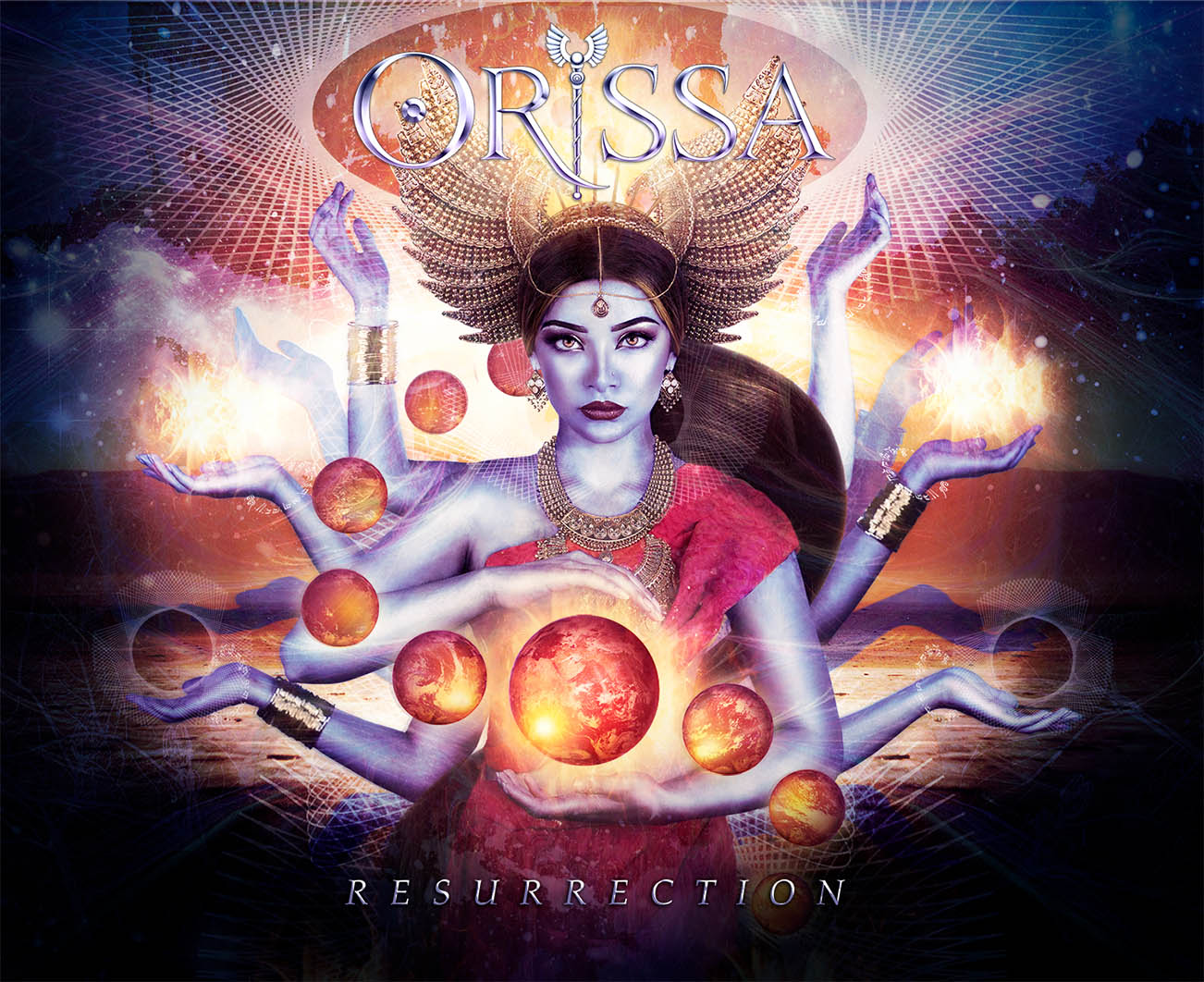
How do you recreate your album (guitar/vocal/bass) tones in your live set?
Dodini: I save all of my custom presets and patches of the AxeFX-II. Live, I don’t bring my Mesa head to shows, so I do tweak the cabinet and mic settings a bit on my presets to give more presence to the FOH mix. As for the vocals, I just trust the sound person at the venue. Some of the extra delays we don’t have available and that is fine. I typically just do something else with the color of my voice to add any extra expression not available from the ambience. The bass tones are hardest to recreate live, but we dial in some settings on the amp that cover the general cases and use the tone knobs mid-song to get something working with the texture of that section.
What are the major pros and cons?
Dodini: The pros are that my tone pallette is very flexible, and I can constantly tweak them. The cons of using the AxeFX live direct to FOH is that the stage monitors need to be very well mixed and sometimes it takes a song or two to dial it in just right. The other con of the current live setup is that we bring our backing track and our drummer triggers it. That takes away from some of the improvisation and more feel based performances that we would like to do more of in the future since we are locked to a click and a track.
Do you have a backup for this gear, if so, what?
Dodini: I don’t have a backup other than having the multiple guitars and the backups of the the AFX tone patches. I do have an insurance policy on my gear so it is replaced if it is stolen or damaged in the studio or on the road.
How long have you had it, how do you use it, would you ever change it?
Dodini: I’ve had this setup for the past 7 years. I am playing with the Kemper and I also have a Kiesel K7 on order that is going to be my go-to instrument for the forseeable future. I am really excited about playing with it and seeing where it leads me in terms of tone and feel as a player.
Watch David Dodini’s playthrough of the guitar solo on “Blue Communion”.
-

 Hardcore/Punk6 days ago
Hardcore/Punk6 days agoHastings Beat Punks Kid Kapichi Vent Their Frustrations at Leeds Beckett University [Photos]
-

 Alternative/Rock6 days ago
Alternative/Rock6 days agoA Rejuvenated Dream State are ‘Still Dreaming’ as They Bounce Into Manchester YES [Photos]
-
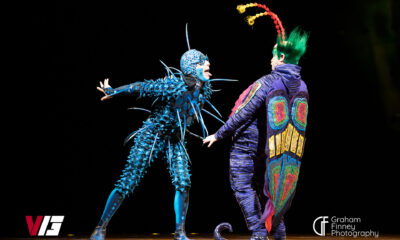
 Culture1 week ago
Culture1 week agoCirque Du Soleil OVO Takes Leeds Fans on a Unique, Unforgettable Journey [Photos]
-

 Music22 hours ago
Music22 hours agoReclusive Producer Stumbleine Premieres Beat-Driven New Single “Cinderhaze”
-
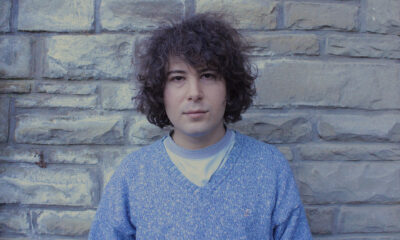
 Indie1 week ago
Indie1 week agoMichele Ducci Premieres Bouncy New Single “You Lay the Path by Walking on it”
-

 Culture2 days ago
Culture2 days agoDan Carter & George Miller Chat Foodinati Live, Heavy Metal Charities and Pre-Gig Meals
-

 Alternative/Rock1 week ago
Alternative/Rock1 week agoWilliam Edward Thompson Premieres His Stripped-Down “Sleep Test” Music Video
-

 Country1 week ago
Country1 week agoJayce Turley Reflects on “Misery” with the Premiere of His New Single

